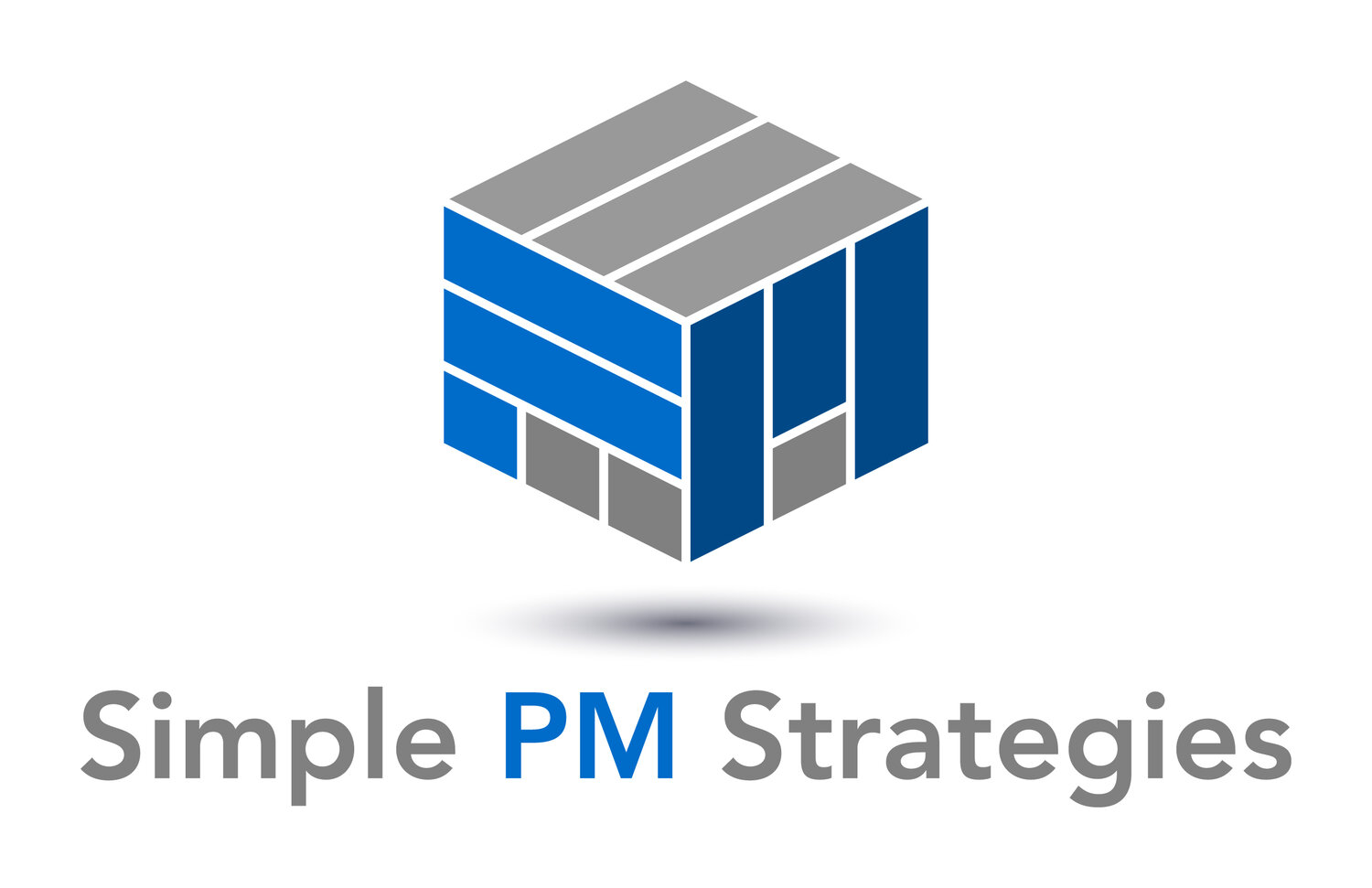Strategic IT Projects Part 01
The purpose of this blog article is to start a series to cover how to discover and quantify strategic technology project opportunities that increase customers and sales or reduce costs. Describing the purpose for a project is covered under the Motive and under the LEAD part of the MPM model. Defining measurable objectives is covered under Things and under the CONTROL part of the MPM model.
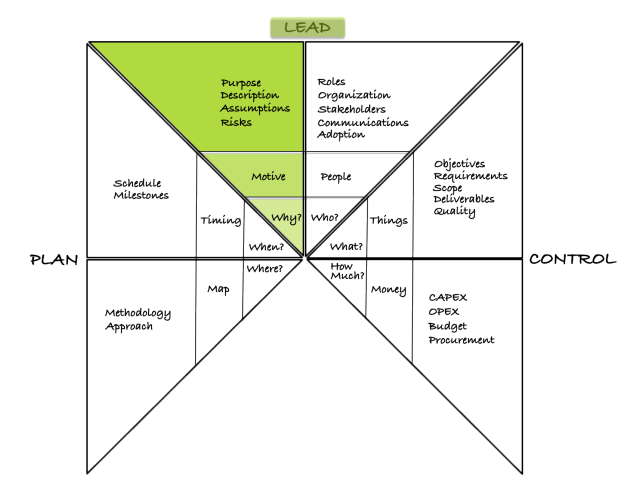
Purpose is under Motive and LEAD
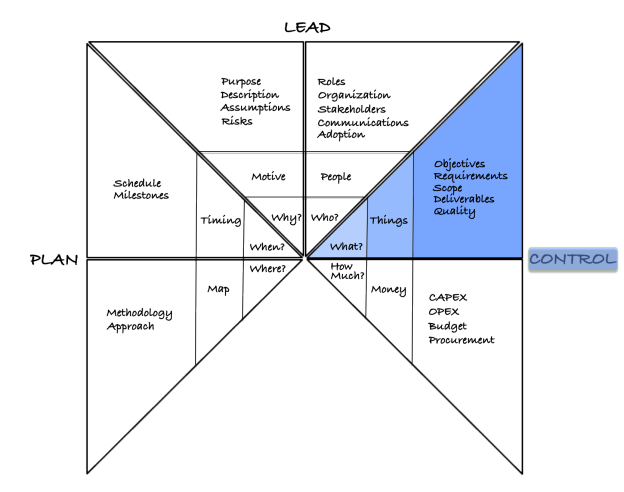
Measurable Objectives is under Things and CONTROL
Take a Strategic Perspective
This is a set of blog articles based on material from a series of business seminars and is supported by continuing research and development.
We start with this article which is an introduction and then on subsequent posts we step through frameworks you can use on your own to move from discovering strategic opportunities, to quantifying them as projects with measurable objectives, to verifying that potential project is aligned with current business strategy and direction.
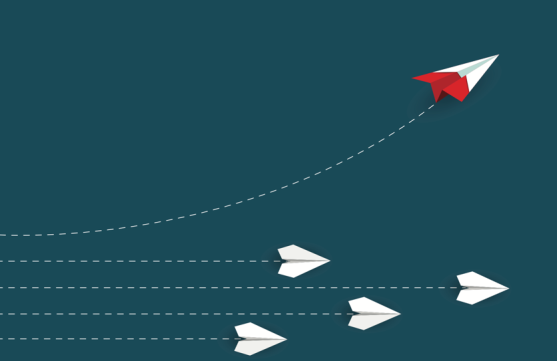
Strategic IT opportunities can make a business more competitive and profitable
Therefore, the goal is not just to identify strategic opportunities which is invigorating and exciting, but to be more practical and go one step further and formulate that into a potential project with measurable objectives for in-house or for out-sourcing; and then go the final step to use a framework to verify how well it aligns with current business strategies and goals in relationship to other opportunities.
Technology is a key strategic business option
I recognize that technology is not the only strategic option for a business, and it is the bias I bring here, however it is a strong option and one that has tremendous upside and possibility because it is always rapidly improving and evolving.
Diamonds in the rough are just that and are worth a fraction of value that a cut and developed diamond is worth. We are going to show you how to find your diamonds and quantify a project to refine them and then evaluate if that project is in alignment with your business.
Most of my career has focused on how to use projects to leverage technology to move the business forward by creating unique and different opportunities and solutions; to facilitate change in how the business operates so that it becomes more competitive and profitable.
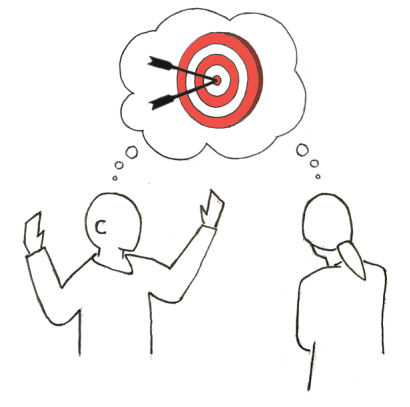
Technology projects must have measurable objectives
Projects must be measurable and aligned
Projects are temporary initiatives that use resources and finances to implement a result within a specific time frame and improve as many of the business KPIs as possible.
An organization can only accomplish so many projects in a particular time frame, such as a fiscal year or quarter. There is always a longer list than resources available to accomplish them and so prioritization and selection is necessary.
Every one of the over thirty clients in which I have worked, has had many more projects on the list, than what they have the resources to complete without exception. This is a reality everywhere.
Therefore, it is important to choose projects which provide the most benefit for the investment in resources and time, and this leads to the need to start from beyond our current conventional thinking to a strategic perspective.
Each quarter or more frequently, if our business environment is particularly dynamic, we need to revisit this strategic perspective and move through our framework again to see if there are any new opportunities to stay competitive, relevant, and continually growing.
Strategic versus conventional perspective
Let’s complete this introduction with a general example to contrast between a conventional perspective and a strategic perspective.
The CONVENTIONAL perspective says: ”I need a system to automate what I am doing, reduce work, speed up processing, or fulfill new imposed requirements.”
The STRATEGIC perspective asks: "How can I use information systems to make my product different, make it unique, and decrease the desire of customers to switch to a competing product?”
OR
”How can I use information systems to increase the cost of my rivals, or decrease my costs?"
OR
”How can I use information systems to reduce the costs of my suppliers, or how can I use information systems as a leverage to develop an alliance with a key supplier?”
OR
’’How can information systems be used to absorb some of my customer’s functions?"
OR
"How can I use recent information available to my business to create additional products or extend others?”
This is not a random set of questions, but a selection from a methodical progression through a framework to explore possibilities. The questions are general because they don’t discuss specific information assets, but they are meant to give a taste or idea of our starting point.
This is just a selection of questions from one part of the framework.
There are almost fifty different questions you can ask about a particular information dimension, and it opens up your perspective in terms of what is possible and going through the exercise on a regular basis can identify significant opportunities and also can prevent you from being blind-sided by something exploited by a competitor.
Once the framework is set up, this is a process you and your team should go through monthly or at least quarterly to brainstorm on opportunities that have arisen.

Create a framework for predictable rather than random success
The point here is that rather than accidentally stumble onto strategic IT projects as a result of being on the “reading-edge”, you are going through a deliberate framework to purposely find and quantify realistic alternatives.
The “reading edge” (which I believe is further out than the “bleeding edge”) is what I call the strategic approach that consists of business leader on their way back from a conference or meeting and they are reading through materials about who is doing what, and exclaiming when back in the office, or via a brief message sent around at odd hours of the night: “This is what we need to do next, because that’s what this company is doing and it’s working for them.”
The purpose of this set of articles is to be more deliberate rather than random and use a framework to identify a complete set of alternatives, describe them in measurable terms, and they confirm they fit with current business strategy.
In the next article we’ll walk through the high-level steps in the strategic perspective.
Conclusion
In conclusion the purpose of taking a strategic perspective to IT for the business is to discover and quantify strategic technology project opportunities that increase customers and sales or reduce costs.
To accomplish this, we are going to step through frameworks you can use on your own to move from discovering strategic opportunities, to quantifying them as projects with measurable objectives, to verifying that potential project is aligned with current business strategy and direction.
We want to move the business forward by creating unique and different opportunities and solutions; to facilitate change in how the business operates so that it becomes more competitive and profitable.
An organization can only accomplish so many projects in a particular timeframe, such as a fiscal year or quarter.
Therefore, it is important to choose the projects which provide the most benefit for the investment in resources and time, and this leads to the need to start from beyond our current conventional thinking to a strategic perspective.
Action Steps / Apply This Knowledge
- List the key frameworks you use to discover strategic technology solutions for your business, or is it random, or the “reading edge”?
- List your approach to prioritizing the large list of projects each year for the organization, or is it random?
- List the methods you use to ensure alignment between your chosen projects and current business strategies and goals, or is it random?
Learn More
Business evolves through change initiatives otherwise known as projects. The key to managing these change initiatives so you have more time, and less stress is to use simple strategies and tools.
Have fun with some short quizzes on leading, controlling, and planning projects: Three quizzes on leading, controlling, and planning projects
Check out the Learning Hub for other Articles with Actionable Steps, organized, with a busy leader in mind, by topic or main idea: https://simplepmstrategies.com/learning-hub-index
lead-strategic-IT-projects-part01
© Simple PM Strategies 2021
